Anthony “vanity” Malaspina holds the flank for his team on Haven. The Version1 in-game leader sticks to the back of his team in the Defender’s spawn. This VCT Masters 2 IGL uses Astra’s cosmic abilities to place smokes and other utility, to hide and coordinate his team’s pushes.
On the other side of the map, Dom “soulcas” Sulcas moves in as an attacker, hoping to flank Version1 and take out vanity. The Team Liquid player loops into the Defender’s spawn and finds vanity unawares. He walks behind the Version1 IGL, gun in hand, as vanity backs into him. Vanity notices his agent has stopped, he flicks around and headshots soulcas as the European lifts his hands off his keyboard in surprise.
“I knew after that to keep getting into his head,” vanity said. “He’s going to tilt.”
Different IGLs and calling styles clashed at VALORANT Champions Tour Masters 2: Reykjavík, as the closed-off regions met for the first time. Strong IGLs that created advantages, and gained a mental edge over their opponent, were a constant for many of the top-finishing teams at the event.
Strong IGLs at VCT Masters 2
Three IGLs called and directed their games at VCT Masters 2 for the top three teams. All three players, Kang “solo” Keun-chul of NUTURN Gaming, Shahzeb “ShahZaM” Khan of Sentinels and Jake “Boaster” Howlett from Fnatic, have experience in tactical shooters, mainly Counter-Strike.
The rest of the field included more eclectic backgrounds and even some language barriers. Matias “Saadhak” Delipetro, the IGL for Team Vikings, and Byeon “Munchkin” Sang-beom, the IGL for Crazy Raccoon, both speak different languages than their teammates.
They have certain terms they use for in-game decisions, with Crazy Raccoon keeping their communication to just a select few phrases and words.
“We have calls like, ‘ok guys lets go now’ and they all know they have to use their abilities or to stop and freeze the round, or stop and go back,” Saadhack said.
But for success at VCT Masters 2, or in VALORANT in general, a strong IGL is not a requirement. Team Liquid finished in the top four in Iceland without a dedicated IGL. According to solo, mechanics are almost as important as a strong leader to direct the team.
“If I had to put it into percentages I’d say an in-game leader would play a 60% role when it comes to winning a game,” solo said.
Tilting the enemy
Putting the enemy in a poor or frustrating mental state, also termed tilting, is a Sentinels’ specialty.
Their lurker and site anchor, Michael “dapr” Gulino, is known in the region and beyond, as a player that enjoys toying with his opponents. From “teabagging” them to throwing his guns on the ground in their face or just running in for a final knife kill, dapr tries to tilt the enemy as much as he can.
“I think Dapr is the king of that,” ShahZaM said.
The whole team gets in on the action in some games. Against Team Vikings, dapr and his teammates kept the final game going a little longer than needed. Sentinels secured series point two rounds into the second half, winning 10 rounds in the first. They let Vikings back into the game, as much as they could down eight rounds on series point, but Sentinels secured the win 13-6.
From an IGL perspective, ShahZaM said he tries to get in his enemy’s head through research and making them uncomfortable with their calls.
“I like to get in their heads by my tactics in the game,” ShahZaM said. “If I have a hard read on a team, I’m going to make it very obvious to them that I know what they’re doing so that they’re in their own heads so they can’t play their own game.”
The difference on LAN
Since most tournaments took place online in the past year or so, playing as a team in the same space has become a rarity. Fnatic, the runners-up at VCT Masters 2, hadn’t met properly as a squad before the event.
“I’ve not even met any of these boys before three weeks ago, except mini,” Boaster joked after his team defeated NUTURN to advance to the VCT Masters 2 finals.
The team rallied in the lower bracket after losing their first match against Sentinels. But, the Fnatic IGL praised some of his teammates in their first appearance on LAN. His teammates mentioned how his energy, and the ability to cheer each other on in person, kept their morale high.
“When we’re just playing on that stage we all just hype each other up,” the team’s Sentinel player, Martin “Magnum” Peňkov, said.
But LAN is a double-edged sword. The environment is conducive for teammate interaction, and also enemy taunts. IGLs and teammates alike had to be ready for that at VCT Masters 2: Reykjavik.
After vanity’s turnaround headshot, he was killed in the following round and sat back in his chair. As his team eventually won and prepared for the next, vanity sent a wave over toward Team Liquid as he yelled across the stage with a quick hello.
“After I killed Soulcass that one round, I knew this guy was out of the game mentally,” vanity said.


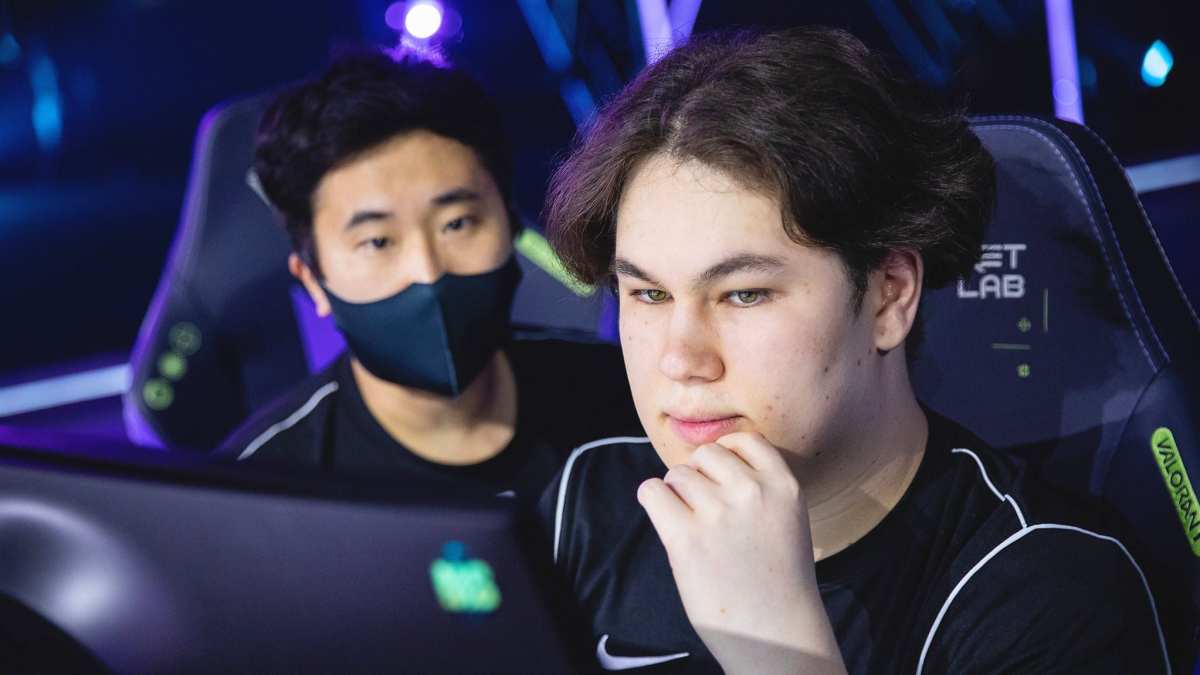
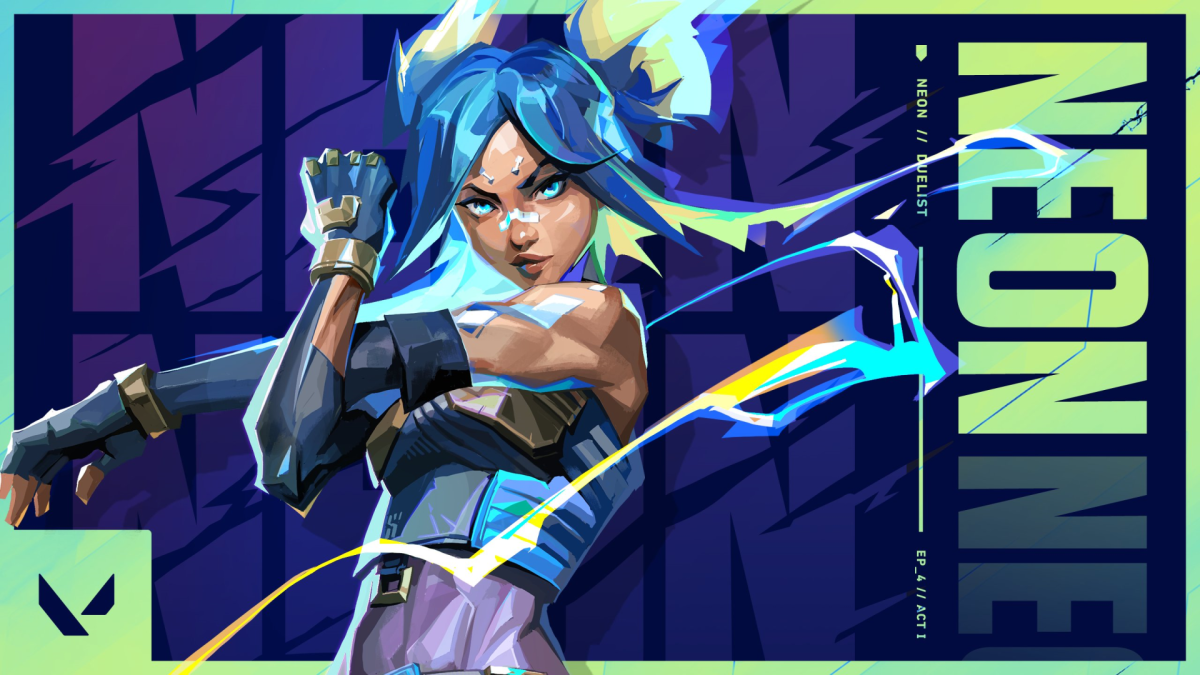
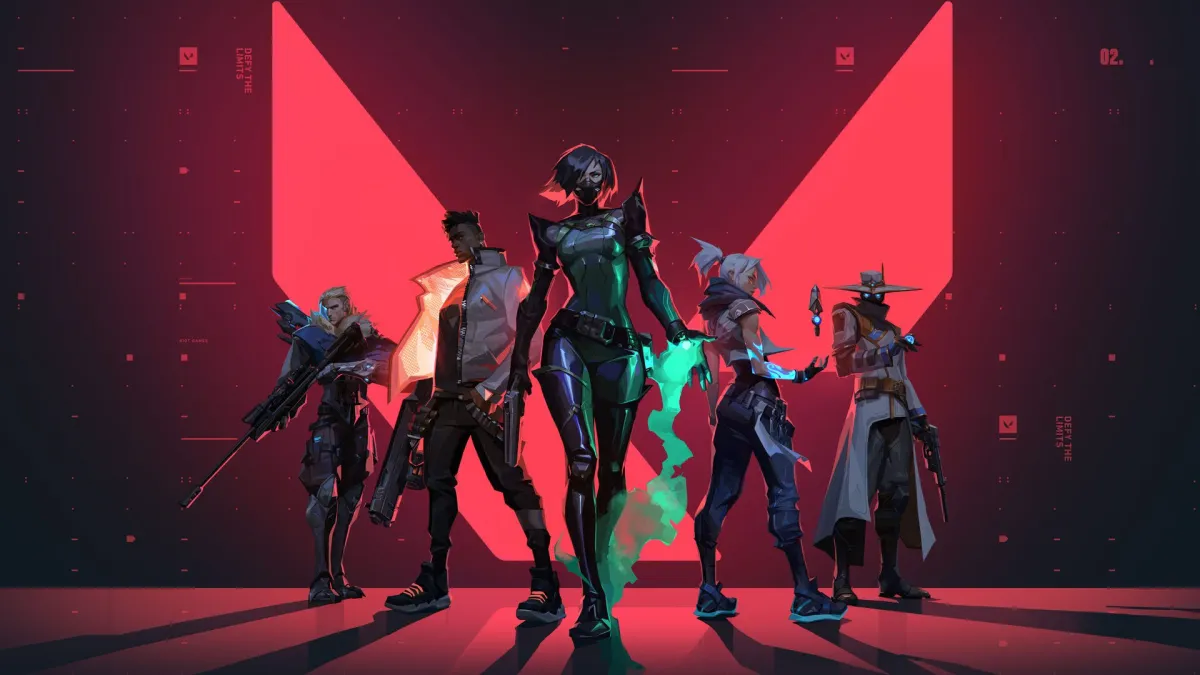
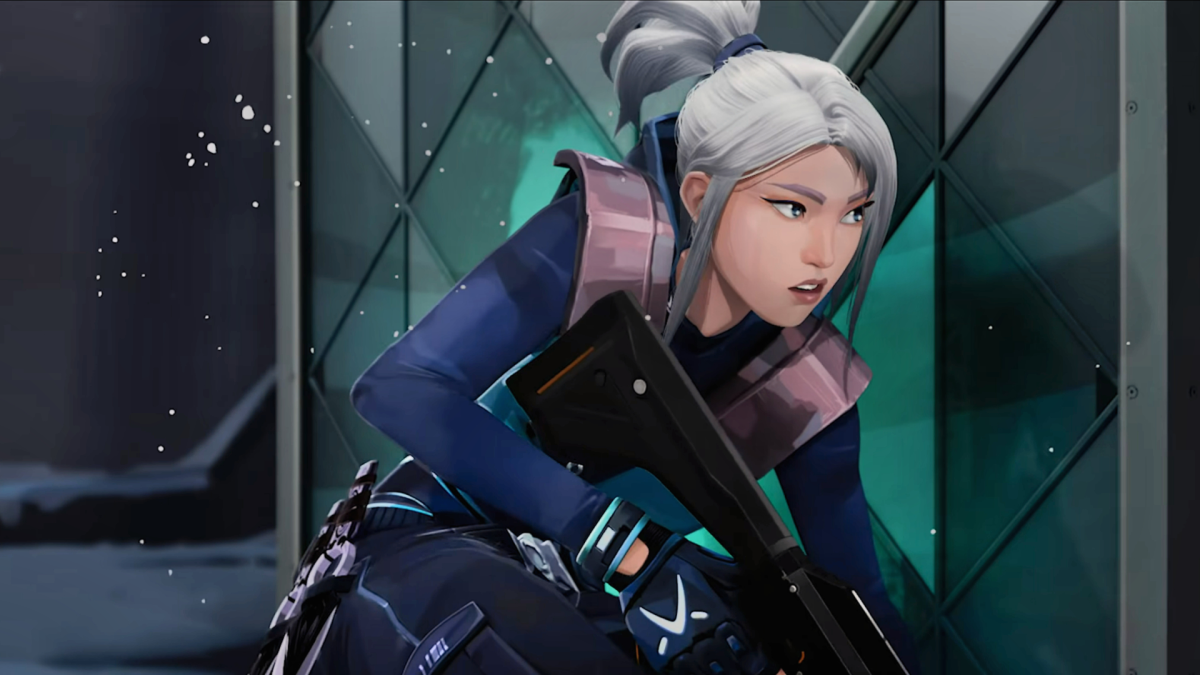
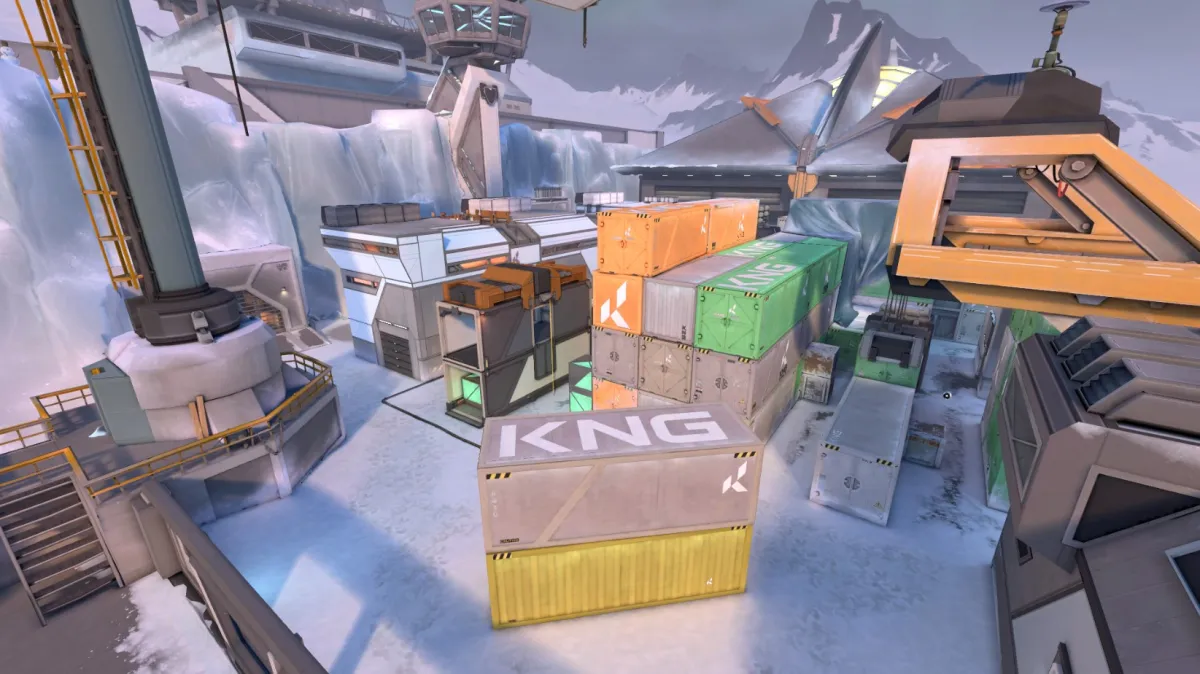
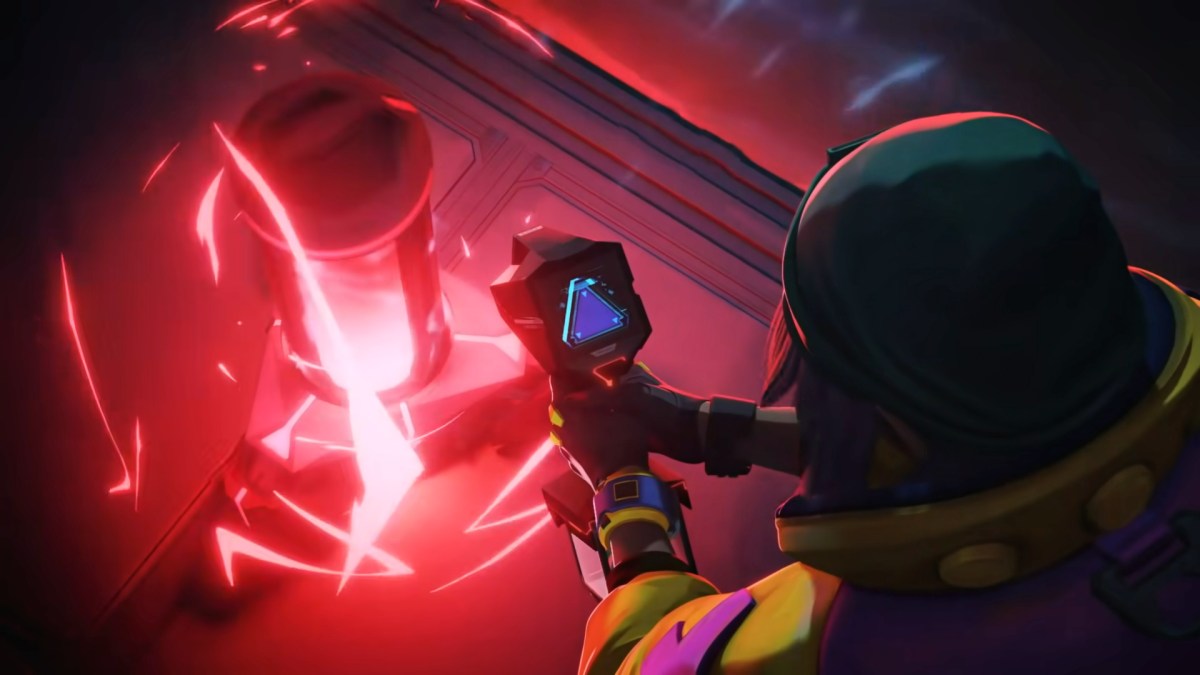






Published: Jun 8, 2021 10:04 am